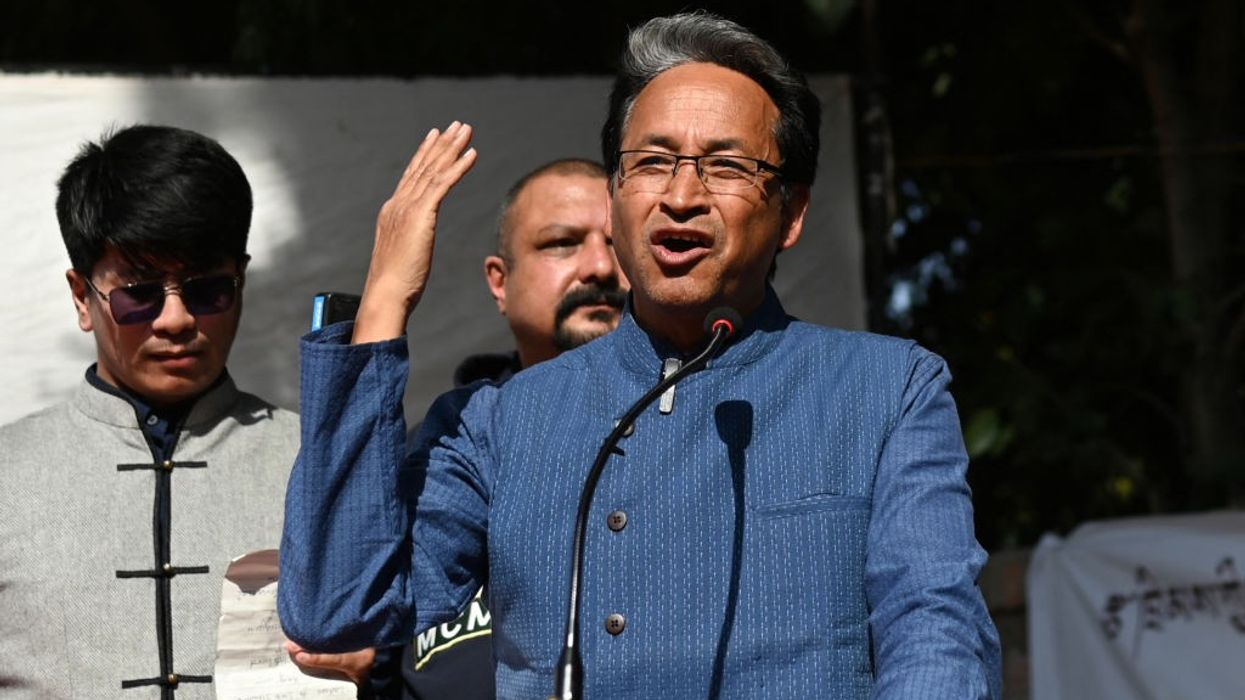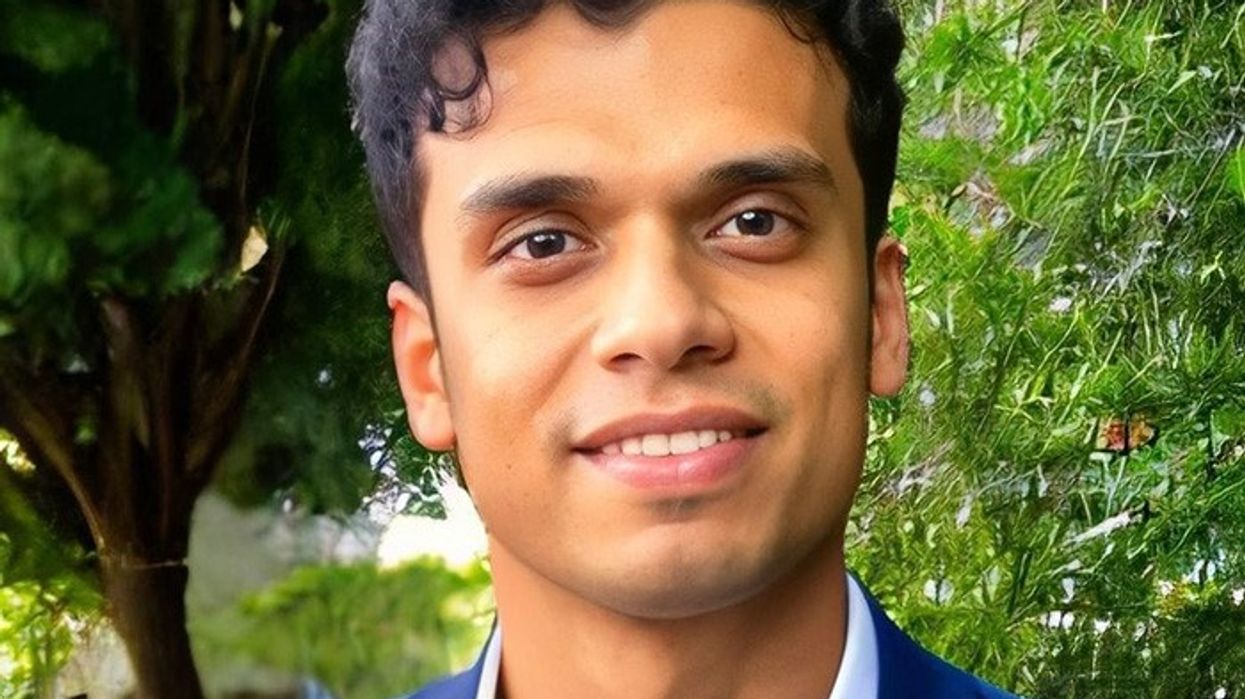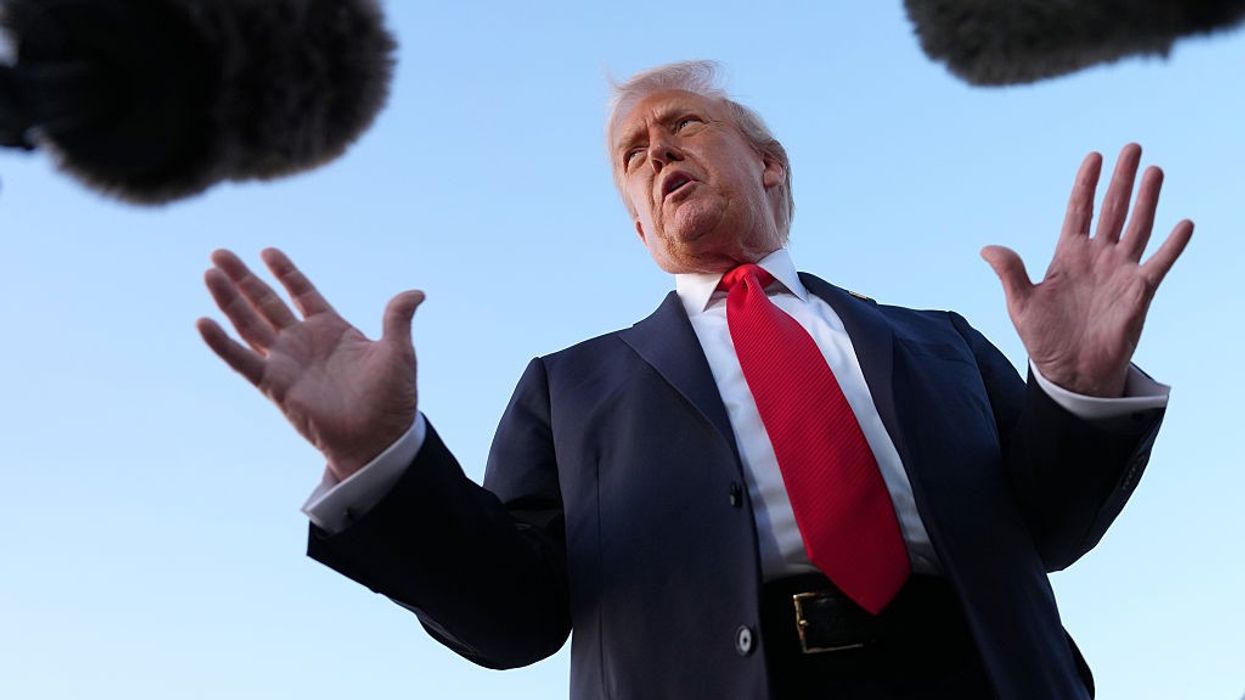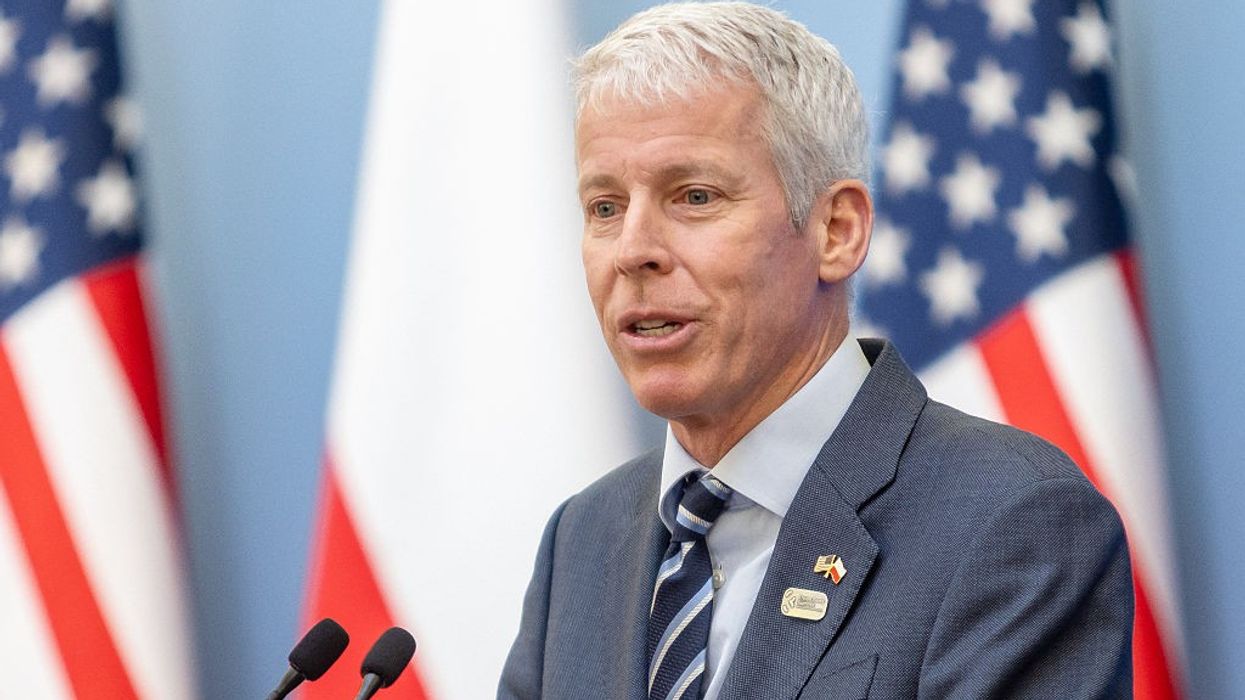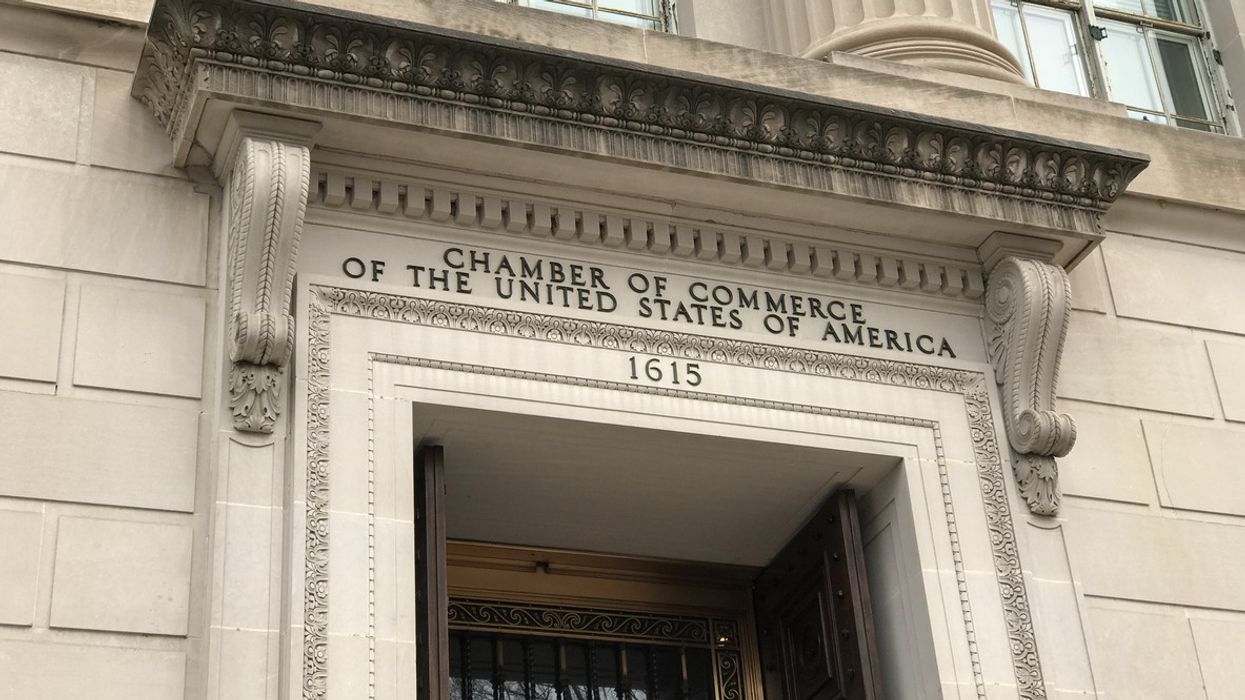The revelations about Indian-origin Noshir Sheriarji Gowadia’s espionage activities have gained renewed relevance in 2025, as escalating US-China tensions, especially in the Indo-Pacific, expose the long-term national security fallout from his betrayal.
The emergence of China's stealth capabilities—notably the unveiling of their H-20 strategic stealth bomber and flying-wing stealth drones operating from Xinjiang—is being directly linked to insider leaks like those from Gowadia.
H-20 Bomber Nearing Deployment
Recent reports confirm that the People's Liberation Army Air Force (PLAAF) is preparing for limited operational deployment of the H-20 stealth bomber, designed to strike targets as far as US Pacific bases and Guam. Analysts suggest that the aircraft’s radar-evading design and propulsion features reflect B-2 Spirit technology, much of which Gowadia illicitly shared with China two decades ago.
Malan Base Drone Operations
High-resolution satellite imagery shows China's new flying-wing stealth drones stationed at Malan Air Base in Xinjiang, a facility believed to be central to China's long-range strike and reconnaissance programs. The drones’ bat-wing, tailless configuration mimics the B-2 design—a critical area where Gowadia's expertise was exploited by Chinese defense scientists.
Increased Indo-Pacific Military Activity
With heightened tensions over Taiwan and South China Sea disputes, the US has stepped up B-2 bomber patrols across the Pacific. Military strategists warn that China's stealth assets, empowered by compromised US designs, now pose a significant challenge to American air dominance, making direct confrontation riskier.
US Counterintelligence Crackdown
In light of ongoing revelations about China’s stealth progress, US agencies are intensifying counterintelligence efforts, scrutinizing defense contractors and former employees for potential security breaches. Gowadia's case is often cited in training programs as a textbook example of insider threat and the devastating ripple effects of espionage.
Strategic Imbalance Fears
Defense experts argue that technology stolen by insiders like Gowadia has accelerated China’s ability to project power and deter US military intervention, particularly in potential Taiwan or South China Sea conflicts. The narrow technology gap — once a US advantage — has now become a source of strategic vulnerability.
In 2025, Noshir Gowadia’s actions are not viewed as a relic of Cold War-style espionage but as a catalyst for the current power struggle between the US and China.
His betrayal is seen as a contributing factor in Beijing’s stealth breakthroughs, directly influencing today's military balance and underscoring the enduring threat posed by compromised defense insiders. The legacy of Gowadia’s espionage continues to shape global security calculations, particularly in the high-stakes Indo-Pacific arena.




